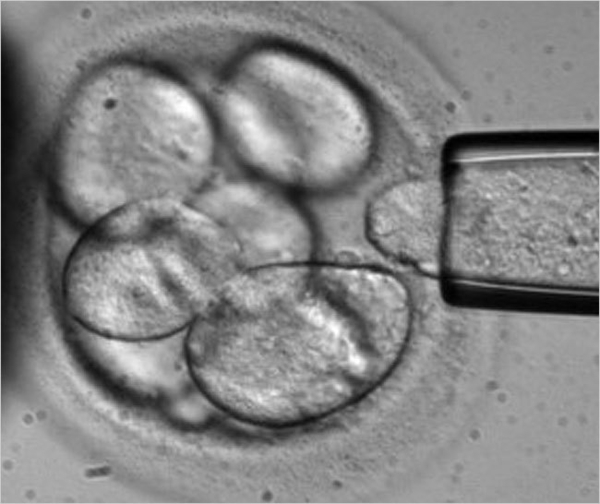Stem cells that are found in umbilical cord blood are considered so priceless in the treatment of various conditions, including blood disorders and immune deficiencies, that parents should give very serious thought to saving and storing their infant’s cord blood cells. Hopefully, your child or a family member will never need the stem cells but if there is a need you will have it covered.
One of the advantages of using umbilical cord blood stem cells is that the cord contains a particular stem cell that is called mesenchymal, which is capable of forming cartilage, bone and tendon. Studies have been done using mesenchymal stem cells as a source for treating brain trauma that results from a stroke, spinal cord injuries and cartilage damage.
The Importance of Stem Cells
In order for the body’s blood, organ tissues and immune system to stay healthy and functioning stem cells are required. These cells are capable of ferreting out injured tissue and cells in the body and activate the healing process. The stem cells that are in the umbilical cord are commanding and may be used to treat critical diseases and injuries.
Although stem cells do exist in adult bone marrow, the stem cells that are in an infant’s umbilical cord are inimitable and more adaptable than adult stem cells because they haven’t been exposed to ecological factors.
Regenerative Medicine
Stem cells are integral to the execution of regenerative medicine, where a person’s own cord blood stem cells are used to treat, among other things, hearing loss, cerebral palsy and brain injury.
Regenerative medicine is still in its infancy and treatments are experimental but in time it is believed that cord blood stem cells will be successfully used to treat a multitude of conditions that were heretofore considered untreatable.
Treating Blood Disorders and Immune Deficiencies
Stem cell therapy is used to treat blood disorders such as sickle cell disease, aplastic anemia, Diamond-Blackfan anemia, beta thalassemia and Fanconi Anemia. Immune disorders, including severe combined immunodeficiency diseases, chronic granulomatous disease, leukocyte adhesion deficiency and hystiocytic disorders are also treated with stem cells.
When a person has sickle cell disease, which is inherited, the bone marrow produces blood cells that are irregular in shape. They’re supposed to be round but the blood cells in a person that has sickle cell disease are shaped like crescents. Because of their irregular shape, the cells create blockages in blood vessels, which cause pain. It also results in severe anemia (iron poor blood) and the diminution of blood. African Americans are at higher risk than the rest of the population for acquiring sickle cell disease (SCD.)
John Hopkins researchers have determined that when a patient’s own stem cells are used this can correct the genetic variation that results in this condition. The stem cells were wheedled into immature red blood cells in a test tube that then turned on a normal version of the gene. Scientists believe that they are very close to developing a long-term treatment option for those with SCD and maybe even a cure.
Physicians are leaning more toward cord blood usage rather than bone marrow to treat certain conditions because cord blood has a higher likelihood of matching family members as well as being an identical match to the child that the cord was attached to at birth. Bone marrow is hard to match, which is another obstacle. Cord blood can be used even when it’s only a half-match as opposed to a perfect match.
Stem cells are highly versatile. They can be used to help repair a person’s immune system after it has been damaged by chemotherapy and/or radiation. Stem cell therapy is being used to treat patients with genetic disorders and immune deficiencies and 40 different types of cancer.
Aurora May writes for Family Cord on topics related to the use of cord blood, and the benefits of cord blood banking and cord blood storage.
